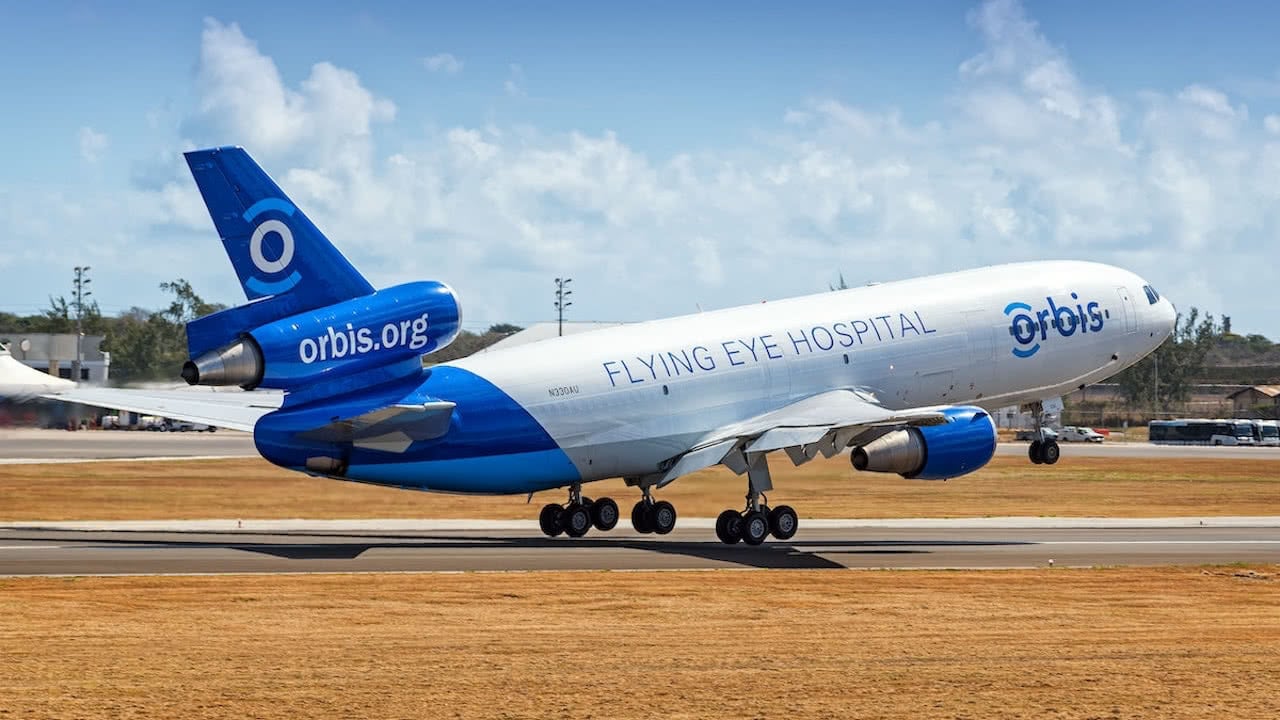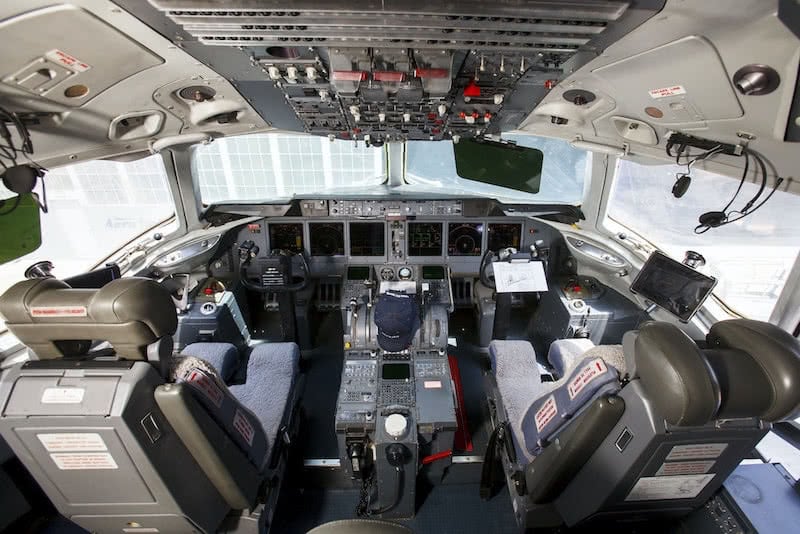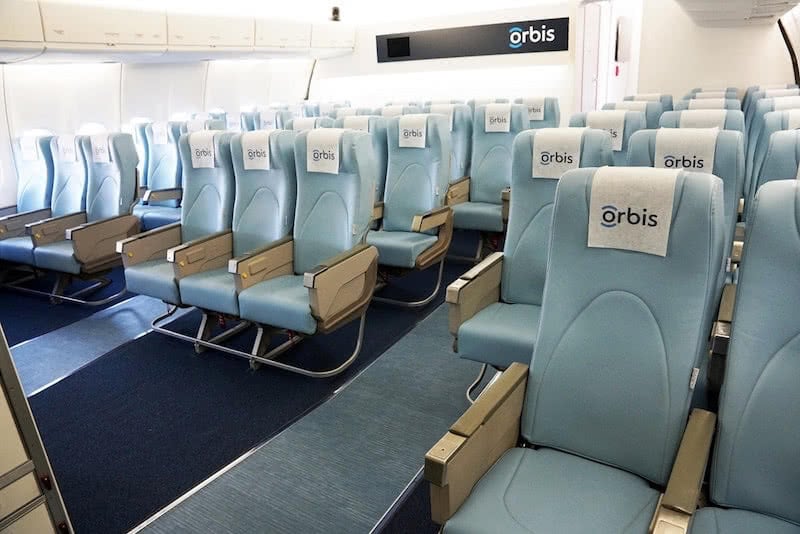We have all seen photographs and videos of large aeroplanes converted to absolutely wonderful mansions but have you ever seen an aeroplane turned into a hospital?
Medicalised aeroplanes, also called air ambulances, are set up to include the tools and essential materials needed to provide emergency treatment, medicines and equipment to patients in need of urgent medical assistance.
In today’s post, we talk about medicalised aeroplanes, the different types there are, how they operate and, above all else, we’ll learn a little more about the Flying Eye Hospital, the only aeroplane-hospital which is currently in operation. You’re welcome to join us.





